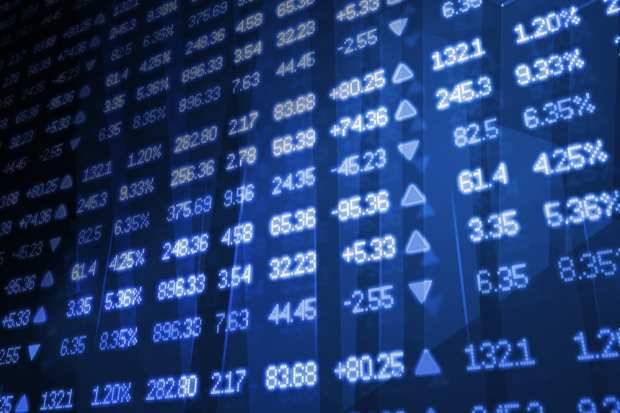TJX, Ross Store Investors Appear Willing To Wait Out Pandemic

Ross Stores and TJX Cos. investors appear to be patient as they await the end to COVID-19 and could potentially see attractive returns after the pandemic, The Wall Street Journal reported.
Prices of shares in the discount retailers are maintaining their value comparatively speaking, with TJX’s stock nearly even equated to a year prior and Ross Stores lower by 16 percent.
Sales for the retailers dropped approximately 40 percent from a year prior in the half a year concluding Aug. 1.
Home Depot and Walmart are expecting a drop in demand after the pandemic is in check, and retailers encountering difficulty like Macy’s and Nordstrom might not see demand rebound.
However, WSJ reports that Ross Stores and TJX have traditionally performed better than expected during difficult financial times.
The outlet reported that TJX possesses $6.6 billion in cash on hand and Ross Stores possesses $3.4 billion. It also noted that each retailer relies upon brick-and-mortar locations.
Retail locations of TJX such as Marshall’s and TJ Maxx were in operation for just over two-thirds of Q2, while Ross Stores were in operation for just three-quarters of the period.
Ross Stores and TJX are also “investment-grade issuers,” the Journal noted in its report.
The news comes as TJX Cos. reported that “open-only comp store” sales were down 3 percent compared to last year for Q2 FY21.
“As we reopened our stores around the world, the response of our customers was beyond what we could have imagined,” TJX Companies, Inc. Chief Executive Officer and President Ernie Herrman said on a call with analysts.
The retailer said it opened 4,500 stores across the world again in addition to online shopping websites during the quarter. It expanded its store footprint by 12 locations to an overall 4,557 shops during the quarter that finished August 1.
In Q2 FY21, TJX reported a net loss of $214 million (18 cents per share) on net sales of $6.7 billion. The results fell under analyst’s bottom-line estimates of a loss per share of 10 cents on $6.57 billion.
